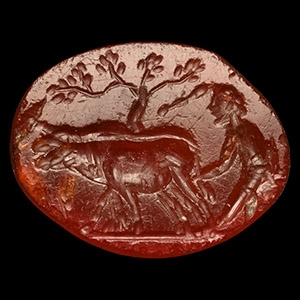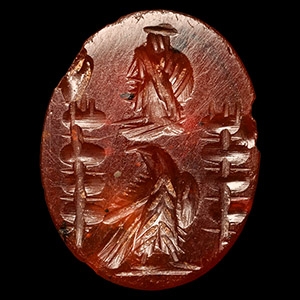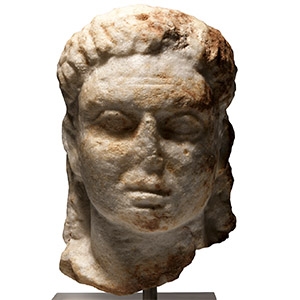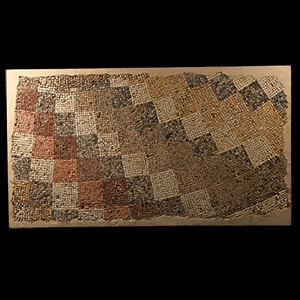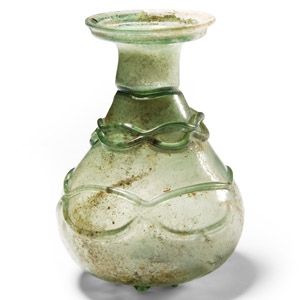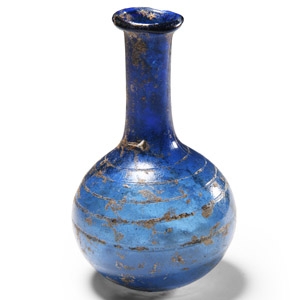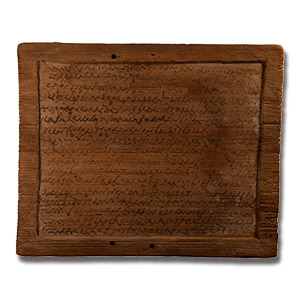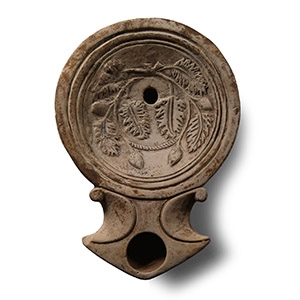Home > Auctions > 5 - 9 September 2023
Ancient Art, Antiquities, Natural History & Coins
Auction Highlights:
Acquired in Europe before 2001.
Private collection, Europe.
Cf. Boucher, S. and Tassinari, S., Bronzes Antiques I, Inscriptions, Statuaire, Vaisselle, Paris, 1976, p.91, no.86, for a similar fragment.
with Münzen und Medaillen AG, Basel, 02.1976, lot 51.
Acquired in Europe in 2017.
Accompanied by copies of relevant pages of Münzen und Medaillen AG.
Accompanied by an academic report by Dr Raffaele D’Amato.
This lot has been checked against the Interpol Database of stolen works of art and is accompanied by search certificate number no.11792-206488.
See no.195a in Leventi, 'Zeus' in LIMC and nos.243-244 in Leventi and Machaira, 'Zeus' in LIMC; Christie's, Antiquities, New York, 4 June 2008, lot 255; the type is also visible in various statues of Zeus, for example an example in the Cabinet Des Medailles, published in Rolley, C.I., Monumenta Graeca et Romana; volume V : Les arts mineurs grecs; fascicule 1: Les Bronzes, Paris, 1967, pl.30; Rolland, H., Bronzes Antiques de Haute Provence, XVIII supplément à ‘Gallia’, Paris, 1965, no.15; Jongkees, J.H., Jongkees-Vos, M.F., in Varia Archaeologica, Ter Burg, 1971, pp.25ff.
The prototype of Zeus Brontaios, or Zeus the Thunderer, has been attributed to a Greek original by sculptor Leochares, c. 370-360 B.C. The statue was realised by Leochares to celebrate the founding of Megalopolis, in 371 B.C. The god would have held a sceptre in his left hand and cradled his thunderbolt in his right.
Ex Mr. A.J. collection, Geneva, Switzerland.
Acquired in Europe in 2014.
Private collection.
This lot has been checked against the Interpol Database of stolen works of art and is accompanied by search certificate number no.11793-206487
Cf. Rolland, H., Bronzes Antiques De Haute Provence, Paris, 1965, item 66, for a similar figure; see also Artemis in Lexicon Iconographicum Mythologiae Classicae (LIMC), vol.II, 1 and 2, Zurich-Munich, 1984, under voice Artemis, pp.618ff., pl.442, especially nos.328 and 351.
This example depicts a well-attested type of Diana (Greek Artemis) goddess of the hunt. The slight swaying and the folds of the garment recall a Greek work of the classical period, widely copied by the Romans. The statuette is a good artwork from the Roman period, with identical copies spread throughout the empire, as many similar figures came from Naples, Bligny-sur-Dache, Trebizond, Carnuntum, and Vienna. The statuette was probably intended for a domestic altar (lararium).
Acquired in the late 1980s-early 1990s.
Important North West London collection.
Cf. no.633 of the Lost Gems of the Malborough collection, for a similar scene, in Boardman, J., The Malborough Gems. Formerly at Blenheim Palace, Oxfordshire, Oxford, 2009; cf. also Various, Catalogue of the Malborough Gems, being a collection of Works in Cameo and Intaglio formed by George, Third Duke of Malborough, Oxford, 1875, no.633.
The gem could refer to the Augustan program of restoration of peace and security in the empire, after the agitated period of civil wars, with the possibility for men to return peacefully to their lands in a now peaceful empire. However, we cannot exclude that the image also refers to the well-known episode of Greek mythology, when Odysseus, to escape the call to arms in Troy, feigned madness by ploughing the fields without interruption, until he was unmasked by Palamedes, cousin of Agamemnon, who placed Odysseus' infant son Telemachus in front of the plough, forcing Odysseus to stop and reveal feigned insanity.
Acquired in the late 1980s-early 1990s.
Important North West London collection.
Cf. Walters, H.B., Catalogue of Engraved Gems & Cameos, Greek, Etruscan & Roman in the British Museum, London, 1926, no.1273; Sena Chiesa, G., Gemme del Museo Nazionale di Aquileia (Associazione Nazionale per Aquileia), Padova, 1966, nos.39-40; Hornbostel, W., Sarapis, Leiden, 1973, p.222; Zwierlein-Diehl, E., Die antiken Gemmen des Kunsthistorischen Museums in Wien, vol. 2, Munich, 1979, no.1247; Philipp, H., Mira et Magica: Gemmen im Äegyptischen Museum der Staatlichen Museen PreuBischer Kulturbesitz, Berlin-Charlottenburg, Mainz, 1986, nos.57-58.
Often the intaglio gemstones were carved with an eagle between two standards. The left standard is topped with a capricorn genius legionis, and the right one with the hand of a signum manipularis. The presence of a capricorn could imply that the gemstone was dedicated to men of the Legio XIIII Martia Victrix.
Acquired in the late 1980s-early 1990s.
Important North West London collection.
Cf. Walters, H.B., Catalogue of Engraved Gems & Cameos, Greek, Etruscan & Roman in the British Museum, London, 1926, no.1030, for the type.
Serapis was known to the Greek and Roman world already in the 3rd century B.C. in Alexandria, where Ptolemy I built a serapeum in honour of the god. The name of the god is considered to be composed from the names Osiris and Apis bull and means 'Osiris the bull' since after his death he became the ruler of the outer world, while it was also believed that Osiris lived in the world through Apis. Isis, his spouse, was worshipped in the Roman Empire as a powerful divinity, mother of the gods.
Ex private Swiss collection, prior to the late 1980s.
Acquired at Camels-Cohen Auction 228, Paris, France, 16 & 17 September 2003, lot 324.
Private collection, Europe.
Accompanied by an academic report by Professor Neritan Ceka.
This lot has been checked against the Interpol Database of stolen works of art and is accompanied by search certificate no.11806-206511.
See Burn, L., Hellenistic Art: From Alexander the Great to Augustus London, 2004; Toynbee, J., Roman Historical Portraits, Ithaca, 1978; Pollini, J. (ed.), Roman Portraiture: Images of Character and Virtue. Exhibition catalogue, Los Angeles, 1990.
The realistic style of treatment of the portrait and the preservation of classical features, in the examples of Cicero, Pompeius, or Agrippa, lead us to the last period of Roman republican portraiture, around the middle of the 1st century B.C. On the other hand, the frontal symmetry of the face, the serious expression of the eyes and the hair behind the neck, refer to the Greek sculpture of the Rigorous Style, from which the presentation of the portrait may have been inspired. These features could suggest also dating of the portrait to the last decades of the rule of the Julio-Claudian Dynasty in Rome, when there is a return to the realistic tradition of the portrait, as well as to the hairstyle with the parallel curls of the hair on the forehead in the figures, as in the portrait of Emperor Caligula (37-41 A.D.).
Acquired 1970s-1996.
Property of a North American collector.
London collection, 2016.
This lot has been checked against the Interpol Database of stolen works of art and is accompanied by search certificate number no.11822-207409.
Cf. Ling, R., Ancient Mosaics, London, 1998, p.114 (Mosaics from Ampurias, Spain) for parallel; Arce, J., Ensoli, S. & La Rocca, E., Hispania Romana. Da Terra Di Conquista a Provincia dell'Impero, Venezia, 1997, p.314, fig.3 (Mosaic of Quintanilla de la Queza).
The square-decorated mosaics had a strong presence in the Hispanic provinces, with some 1st century A.D. examples in the houses of Ampurias, up to the late imperial examples of the Villa of Palencia (archaeological site of La Tejada) where the main rooms show wall paintings with geometric, vegetal or decorations imitating marbles, and mosaics with simple geometric decorations alternating with elegant decorative motifs such as swastikas, chequered motifs or ropes, and Solomonic symbols. The chequerboard motif was widespread, and it is visible also in the 3rd-4rd century mosaic of the Roman Villa of Brading or in the house found under the Museum of Lincoln, in Britain.
Acquired 1980-2015.
Ex Abelita family collection.
Acquired 1980-2015.
Ex Abelita family collection.
From an important London collection since 1975.
See Thomas, J. D., Vindolanda: The Latin Writing Tablets, Britannia Monograph Series No 4, London, 1983, for examples of wooden tabulae re-used as writing surfaces; for examples of testamentary documents on wooden tablets that have survived, see FIRA III, p.47, for Anthony Silvanus from 142 AD, also see BGU VII 1695 for Safinnius Herminus; for another from Transfynydd, North Wales, see Arch. Camb. 150, pp.143-156.
Rothenhoefer, P., Neue römische Rechtsdokumente aus dem Byzacena-Archiv / New Roman Legal Documents from the Byzacena Archive, (forthcoming).
Prof. Dr. Phil. Peter Rotenhoefer says: "The tablet is the second tabula of a testament consisting normally of three tablets (a tryptich). It contains in a highly formalistic legal language legacies for various persons (inter alia a Iulia) who receive certain items like e.g. sheep and clothes. 17 lines of cursive script on the first page, 20 lines on the rear."
Ex collection of a Cambridge lady, 1990s.
Cf. similar in the collection of the British Museum under accession no.1963,0715.41.
73 - 84 of 2453 LOTS

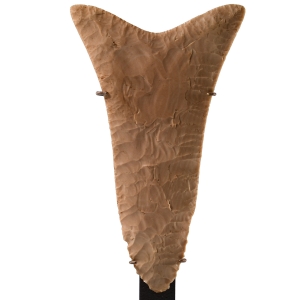
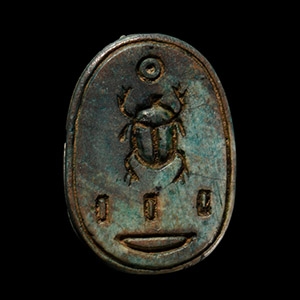
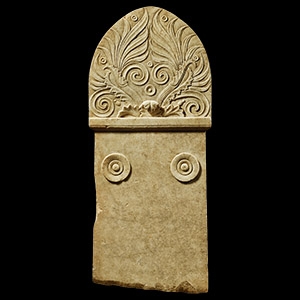
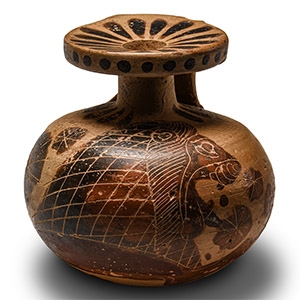
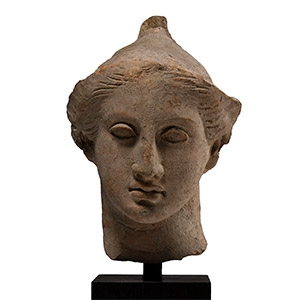
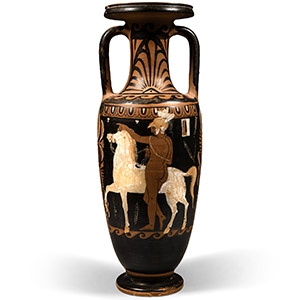
.jpg)
.jpg)
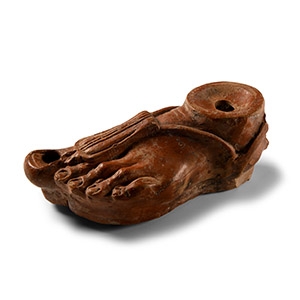
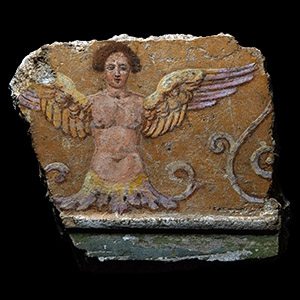
.jpg)
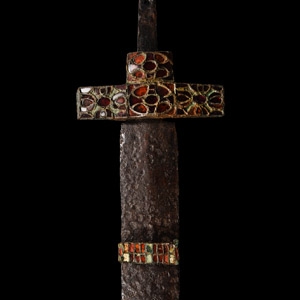
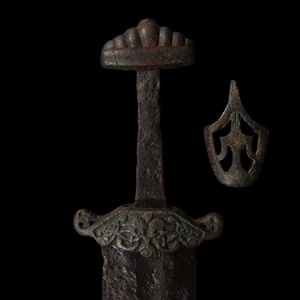
.jpg)
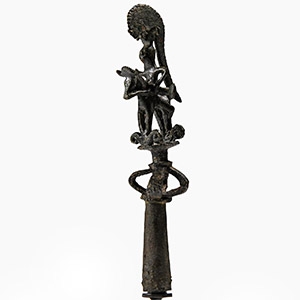


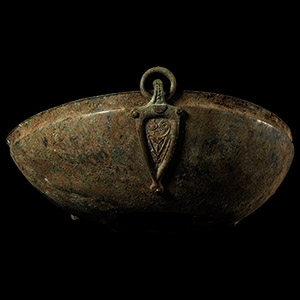
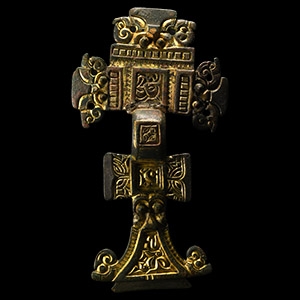
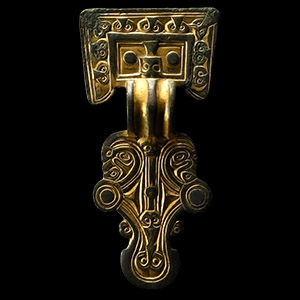
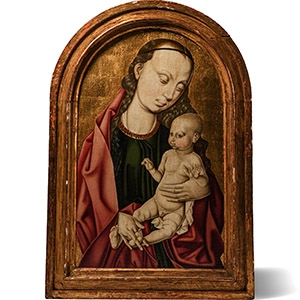

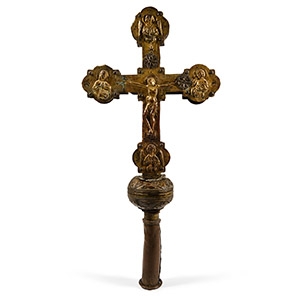
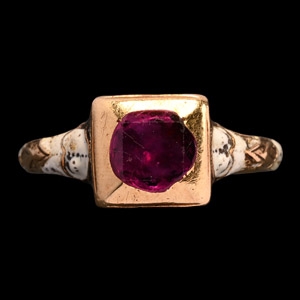
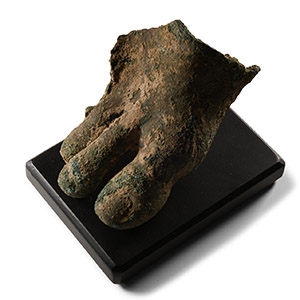
.jpg)
.jpg)
